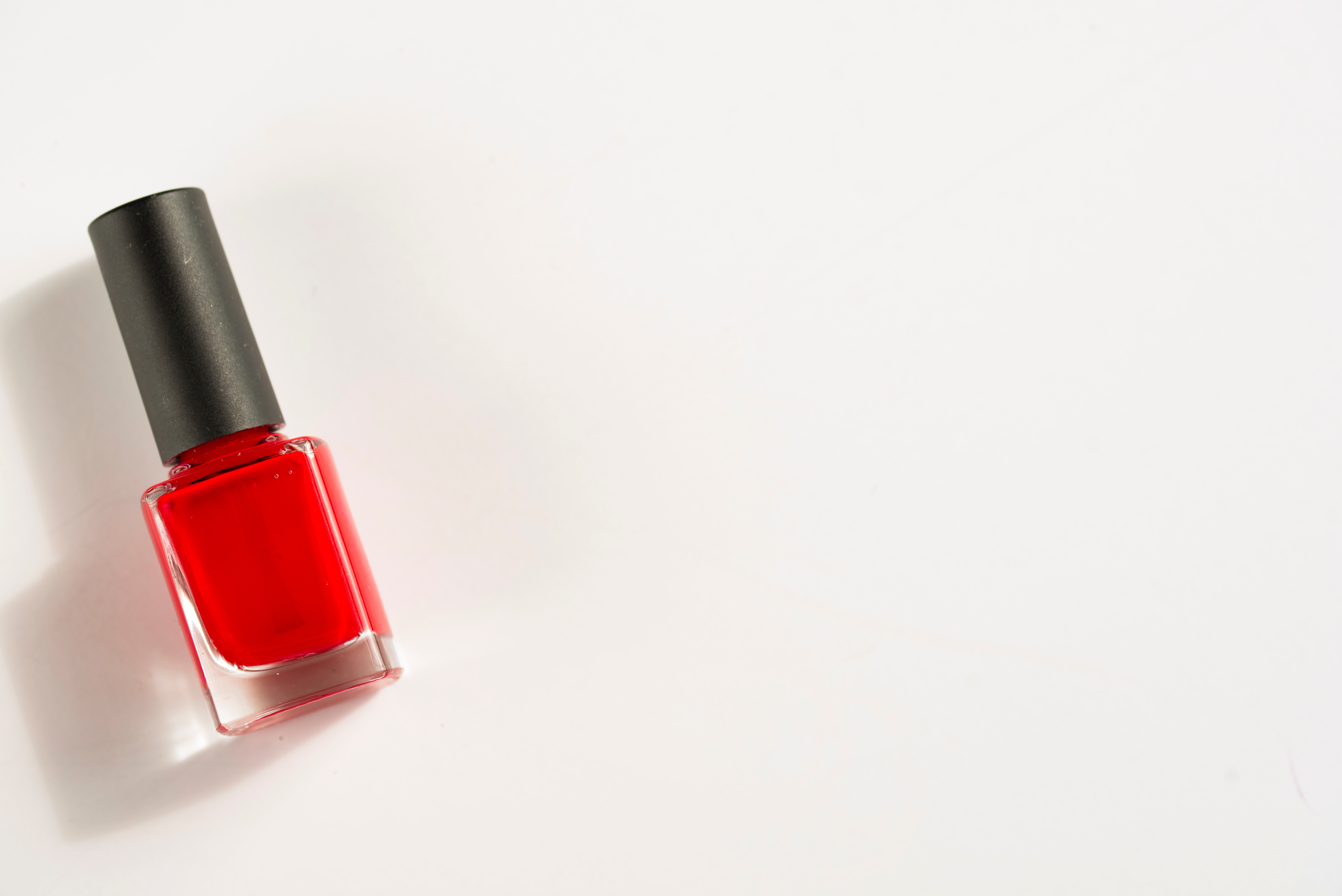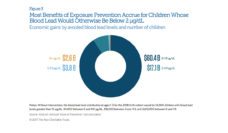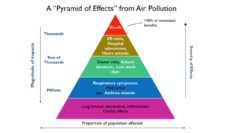For decades, we have known that toluene is very harmful to the human body. This evidence comes, sadly, from the health problems experienced by individuals who regularly sniff glues or paint thinners. We know well that toluene may have profound effects on our brain and on our nerves. It may even affect our immunity, kidneys, and liver, and result in serious health problems for the infants of women exposed when pregnant.
Toluene is still commonly found in the solvents of some paint thinners, nail polishes, and top coats regularly used in many nail salons in the United States. Even when intentionally removed, toluene is is not hard to find in small traces. What is most surprising is that many products still add it intentionally. Sometimes, more than a third of a bottle of some nail products is pure toluene.
Toluene is volatile, meaning it can easily evaporate into the air, making it impossible not to breathe. Every time we open a bottle containing toluene to look at the color of a nail polish in a nail salon, for example, we are exposed to toluene even if we don’t apply the product. Imagine the nail technicians in the salon environment all day long.
My colleagues and I documented nail technicians’ exposure to solvents in the Greater Boston area. We found that we could measure toluene in the blood of nail technicians before and after their shift, and that these levels were always higher than those of the general public. This study is important because we verify, for the first time, that toluene is present in the air of the salons at such high levels that it is detectable in the blood of the technicians who inhale it as they work. We found that the levels of detectable solvents were dependent on the number of clients the technicians attended during the day and salon ventilation.
Every time we open a bottle containing toluene to look at the color of a nail polish in a nail salon, for example, we are exposed to toluene even if we don’t apply the product. Imagine the nail technicians in the salon environment all day long.
Some progress has been made to control levels of toluene in nail products and nail salons. As discussed previously in Public Health Post, a new generation of polishes advertise that they do not contain toluene with n-Free labels. And some cities, including New York and Boston, have established new regulations for salon ventilation. Lastly, in California, regulators are working hard to ban toluene in nail polishes, which will be landmark legislation that could certainly help push policy for healthier polishes. But much remains to be done.
In our study, we confirmed that changes in nail product formulation and better ventilation in nail salons can reduce solvents. These changes would be good for the workers in the salons, many of whom are young Vietnamese women, as well as for those of us who love getting manicures. We can all push to make this happen by supporting nail salons that use safer products and advocating for public health research and policies that improve safety.
Photo by Joanna Kosinska on Unsplash














